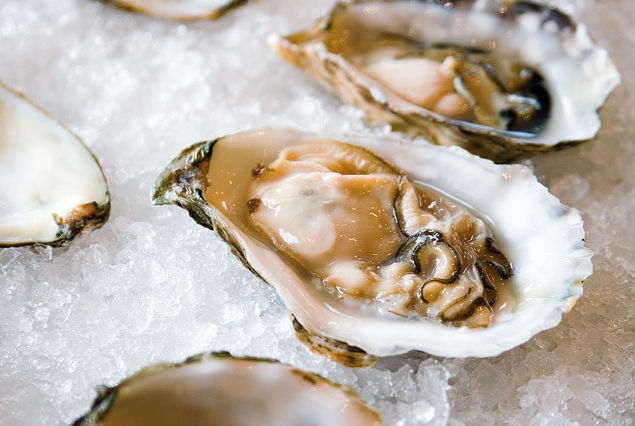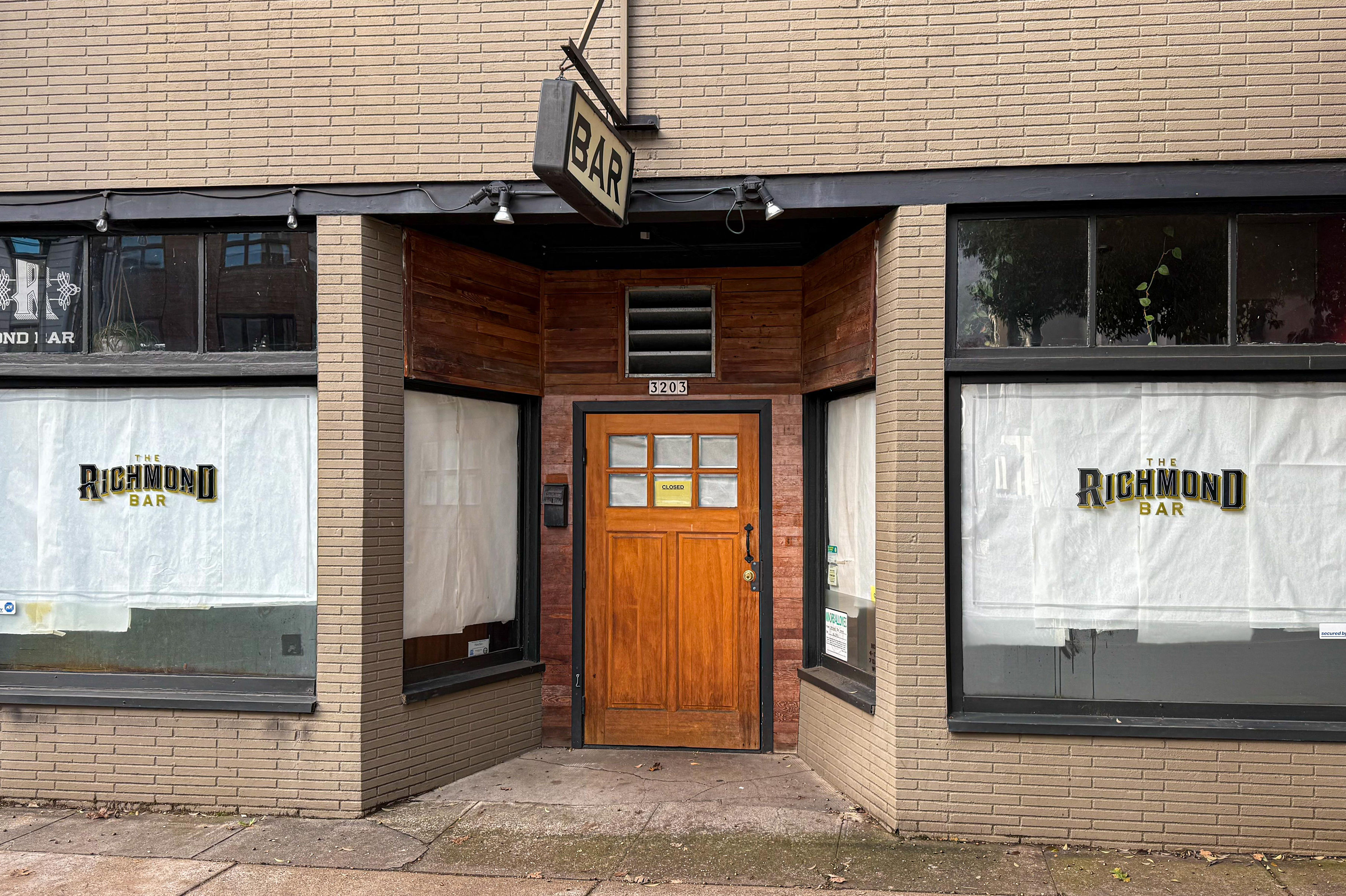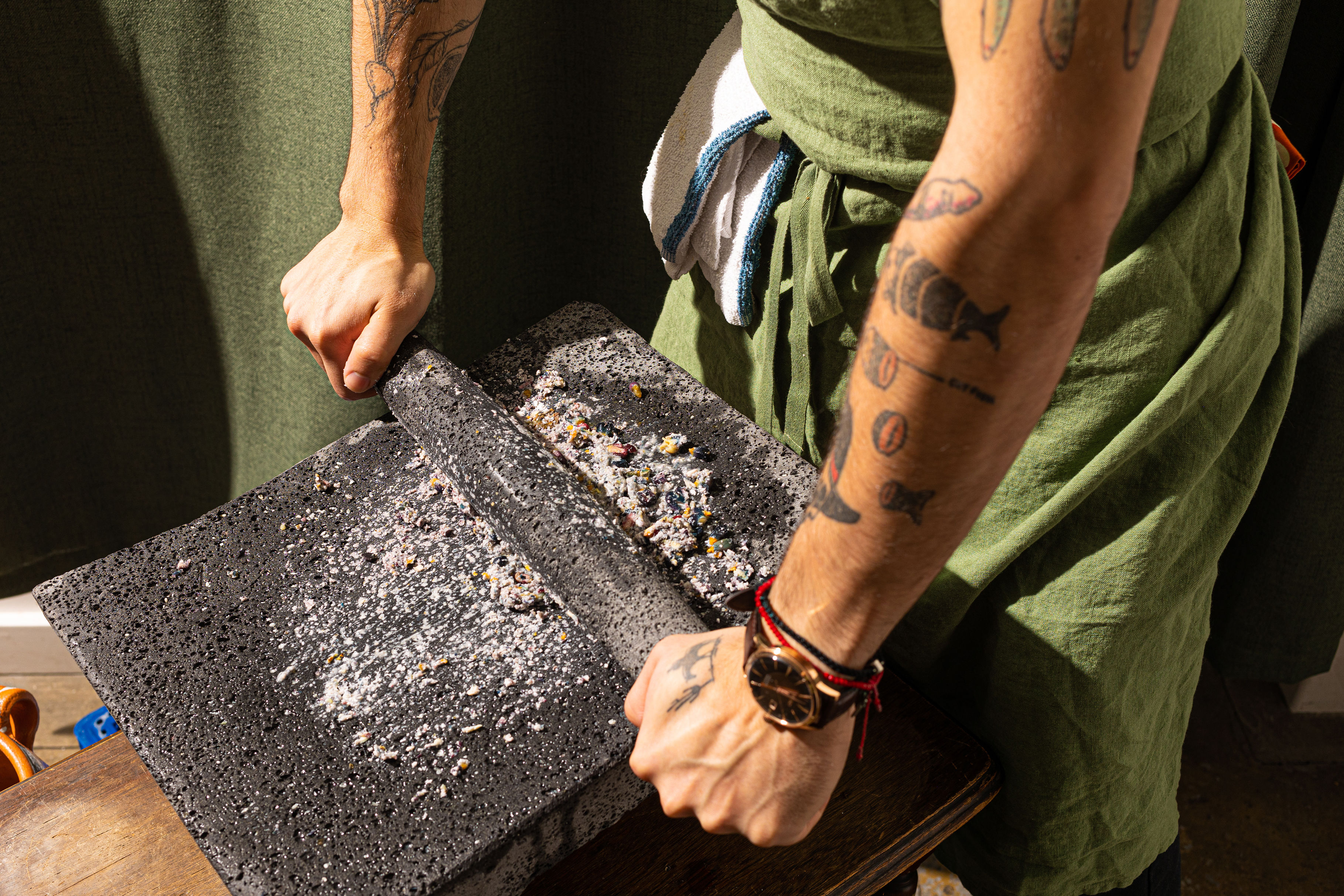Local Pearls

Image: Amy Ouelette
FOR ALMOST A CENTURY, up until the 1960s, most domestic oysters hailed from back East—in the Chesapeake Bay, for instance, where weathered oystermen with gnarly beards, calloused hands and thick Eastern Shore accents harvested them with hulking underwater rakes. Today, however, odds are good that the delicacies you’re about to devour at the neighborhood oyster bar were grown in the Pacific Northwest (including British Columbia).
Our dominance of the bivalve market is partly the result of oystering’s decline on the East Coast: Overharvesting, a disease called MSX that’s been killing oysters in the mid-Atlantic for 50 years and polluted waters that contaminate the shellfish have all contributed to extremely low production there. And while the Pacific Northwest does occasionally battle outbreaks of vibrio (a bacterium that can sicken those who consume the contaminated oysters), its oyster beds remain comparatively clean.
That’s good news for anyone wanting to explore the vast “terroir,” if you will, of our region’s oysters. From Malaspina Inlet near Vancouver Island in British Columbia to Sisters Point in Hood Canal, Wash., Pacific Northwest oysters take their names from the misty peninsulas and brackish coves they inhabit. The majority of these oysters are of the same species (Crassostrea gigas), a species that’s actually indigenous to Japan. (The only oyster native to the Pacific Northwest is the Olympia oyster.) But we now also harvest the Virginica (Crassostrea virginica), a native Atlantic species, and we cultivate more Kumamotos (Crassostrea sikamea) than the Japanese. We now cultivate more Kumamotos than the Japanese.
Pacific oysters, however, lead the pack in production and can differ greatly in shape, color and especially flavor depending on which inlet provided them with nutrient-rich plankton to feed on. For example, a North Bay oyster, grown 25 miles north of Shelton, Wash., can taste aggressively briny. Maple Points, on the other hand, which grow 20 miles south of North Bay, often taste like ocean air: sweet and light, with a mild saltiness. The beds along Denman Island in British Columbia can produce creamy bivalves with an aroma that’s reminiscent of watermelon, and along Canada’s mainland, Malaspinas offer some of the most delicate meat imaginable.
But keep in mind that as the seasons change, so do the salinity of local waters and the oysters’ diet, which means that even if you’re tasting one variety repeatedly over the span of a year, in essence you’re tasting each variety for the first time. Perhaps that’s why the 19th-century food historian Jean Anthelme Brillat-Savarin once asserted that grand meals should begin with guests eating a gross of oysters apiece. If you’re counting at home, that’s 144—surely enough to sample a region’s worth of oyster terroir—but we suggest starting out with a mere dozen.




